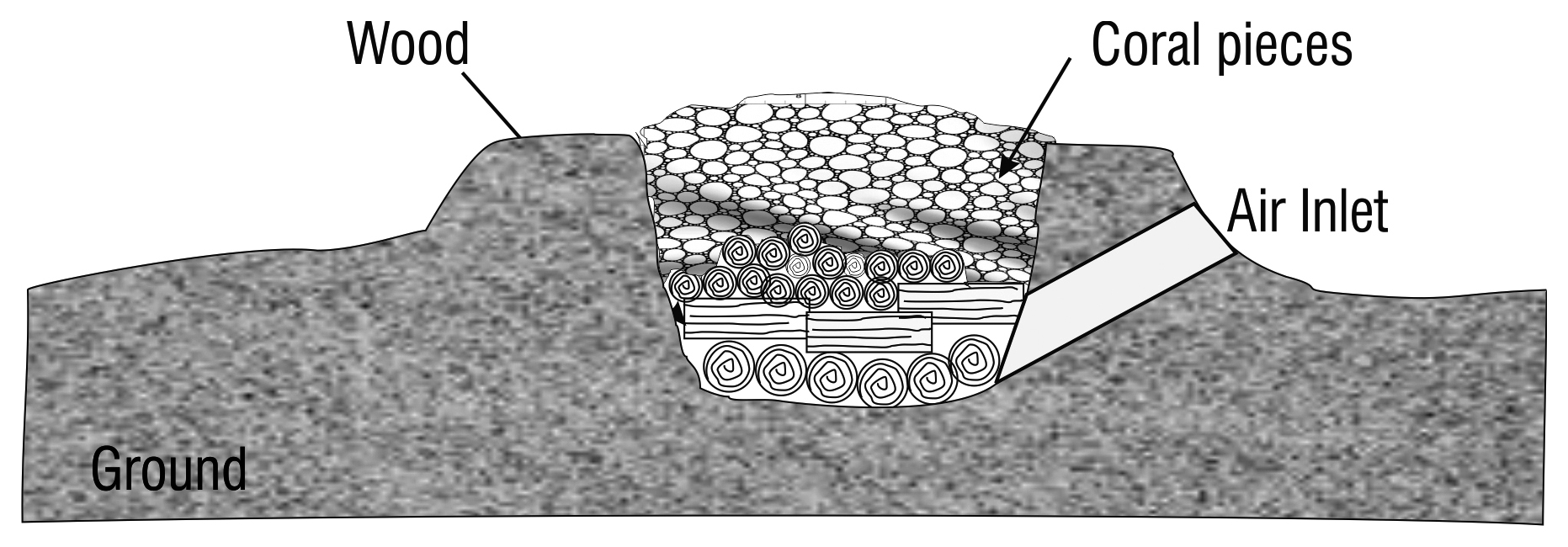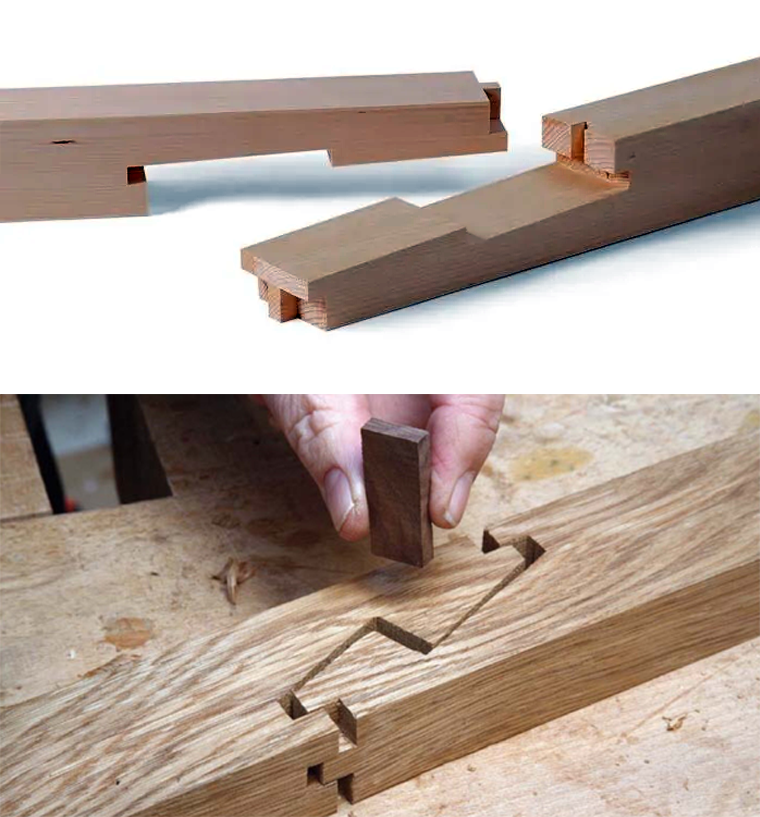ކޮންމެ މީހަކަށް ވެސް އޮޅުން ފިލާ ގޮތަށް
The Modern Maldivian House
The raised wooden homes of the late 19th Century slowly gave way to a different kind of traditional house using modern materials at the beginning of the twentieth century. Lime mortar became widely available. The availability of better tools enabled larger pieces of wood to be used in construction. However, the layout of the house was fairly close to the traditional house. I have called this new type of house the Modern Maldivian House.
In architecture, the word “modern” has a different usage from its usual meaning of recent times. Modern architecture refers to the rejection of ornament and the embrace of minimalism. The modern movement also emphasized functionality and form using newer materials. The style was dominant between 1920s and 1960s. Also called the International Style, this form of architecture became common in the Maldives from the 1960s. However, by the term “modern Maldivian house” I am referring to the style of homes built in the first five decades of the 20th century. While there are similarities with the international style, these are essentially traditional homes made using the more recent materials and methods.
Architectural layout
The modern houses have almost a uniform layout true to its provenance as a development of the old style homes made of wood. The main differences lie in the materials used for construction and the expansion and refinement of layout.
Lime production for walls
While the traditional homes of the well-to-do people were built of wood, the main building material for walls of the modern house was lime and broken pieces of limestone. There must have been houses built using cut and shaped blocks of coral, but these are very rare due to the complexity of the construction and the work involved in facing and interlocking large pieces of coral. This type of construction is primarily reserved for mosque construction for which skilled labour, a large workforce and materials may be made available. A noted historian, HCP Bell mentions only two houses built in this style when he visited the Maldives in the 1920s. For ordinary homes, the walls were built using broken pieces of coral and a mortar made of pure lime.
The limestone was harvested from the reefs and lagoons that surround almost all islands. In the beginning, fan coral was the coral of choice because they can be laid fairly flat. These are shaped somewhat like thick sheets which were broken by an axe into pieces that are 4 inches to 1 foot long depending on the wall to be built. The old city wall around Male’ which was 2 to 3 feet in width and up to 15 feet high were built primarily using fan coral and lime mortar. The more recent limestone used for construction is called hiri which has a finer grain and is mined in irregular blocks about 2 to three feet in size. They are then broken into pieces of 4 to 5 inches using an axe. Dharumavantha Rasgefaanu Miskiiy (Mosque) and Badeyrige are two old and surviving buildings in Male’ built using coral stone and mortar.
Lime is obtained by heating small coral stones in an earthen oven or kiln. The oven is a dug-out area of the ground about ten feet in diameter, three feet deep lined with green coconut leaves. The fuel consists of wood, mainly short pieces of cut coconut trunks and tree stumps. These are then arranged in the dugout area, filling the gaps with dried coconut leaves. After spreading a layer of dry coconut leaves over the wood, the coral stones collected from the littoral area are placed over them. The fire is started from an air passage which leads to the centre of the kiln. The kiln may be burnt from 12 hours to several days depending on the amount fuel and the coral charge. Red hot coral may be sprayed with sea water to crumble them. As lime is being produced more coral may be placed to replenish those converted. Depending on the water table, low earthen walls may encircle the kiln. It is not known whether multiple layers of wood and coral are used as the process varies across islands.

The Dhivehi word for lime is uva, earthen lime kiln is called uva-valhu, the process is known as uva-dhevun, and the store for keeping lime is fallava. Lime is measured in kadi which is a volume measure of 324 litres (1 kadi is also equal to 6 mulhi or 18 dabiyaa; 1 dabiyaa =18 litres)
The mortar is made by mixing lime to sand in the ratio of 1:2. To build walls two ropes are drawn taut and parallel with the distance between the ropes equal to the wall width. Alternate courses of mortar and coral pieces are laid to build the wall. There are two styles of building walls using broken coral called: …..and ….. For extra strength, treacle made from coconut toddy may be mixed to the lime. Long sticks of hardwood may be buried in the wall for extra strain strength. A wall takes about xxx days to dry.
The plastering is done with lime mortar only using the same mortar mix as for the wall mix. When a very smooth finish is required filtered slaked lime without sand is used in a process very similar to the one used for smoothing out drywall joints.
Roof framing
By the time the modern house style came into vogue, corrugated roofing sheets had become available in the Maldives. It precluded biennial replacement of thatch, and made possible roofs with a lesser gradient. Homes used stepped gable roofs, whereas mosques and government building used double or tripple hipped roofs. The double hipped roofs will be discussed in the chapter dealing with mosques.
Roofing structure used to be built using coconut timber exclusively, being readily available. Short pieces of timber are invariably joined using scarf joints with wood nails or trunnels. More elaborate joints are used only in mosque roof construction.


The most common joint for joining two pieces of wood in roof framing is the scarf joint. Both, wedge and mortised versions are routinely used. The mortised rabbeted oblique scarf joint, while familiar to roofing carpenters in other countries is not seen in the Maldives. The thick-grained coconut timber is not an easy wood to work with.
